Why Am I So Puffy? Your Realistic Guide to Beating Summer Swelling
That Familiar Summer Feeling… Ugh.
For years, the same story unfolds in my practice around June. People walk in feeling completely fed up. Their rings are suddenly too tight, their ankles look like they belong to someone else by the end of the day, and the scale has crept up a few pounds seemingly overnight. They swear they’re eating right and staying active, but their body just feels… heavy. Bogged down. Bloated.
In this article
- That Familiar Summer Feeling… Ugh.
- First, Why Does Heat Make Us Puffy Anyway?
- A Crucial Safety Check: When Swelling Is a Red Flag
- The Real Foundation: Your Diet and Hydration
- Need Relief RIGHT NOW?
- Smart Moves: Physical & Mechanical Fixes
- Troubleshooting: When You’ve Tried Everything
- Be Patient and Consistent
- Inspirational Gallery
If this sounds like you, you’re not alone. This is classic summer fluid retention, sometimes called peripheral edema by the medical pros. It’s a real physical thing, and honestly, it can be a huge mental drag.
My goal here isn’t to give you a list of bogus “quick fixes.” Instead, I want to pull back the curtain and show you what’s actually happening inside your body and how you can work with it, not against it. We’ll get into the simple science behind it all, the proven strategies I use with my clients, and—most importantly—how to know when it’s just annoying summer puffiness versus a sign you need to call your doctor. This isn’t about a magic pill; it’s about giving your body the support it needs to handle the heat.
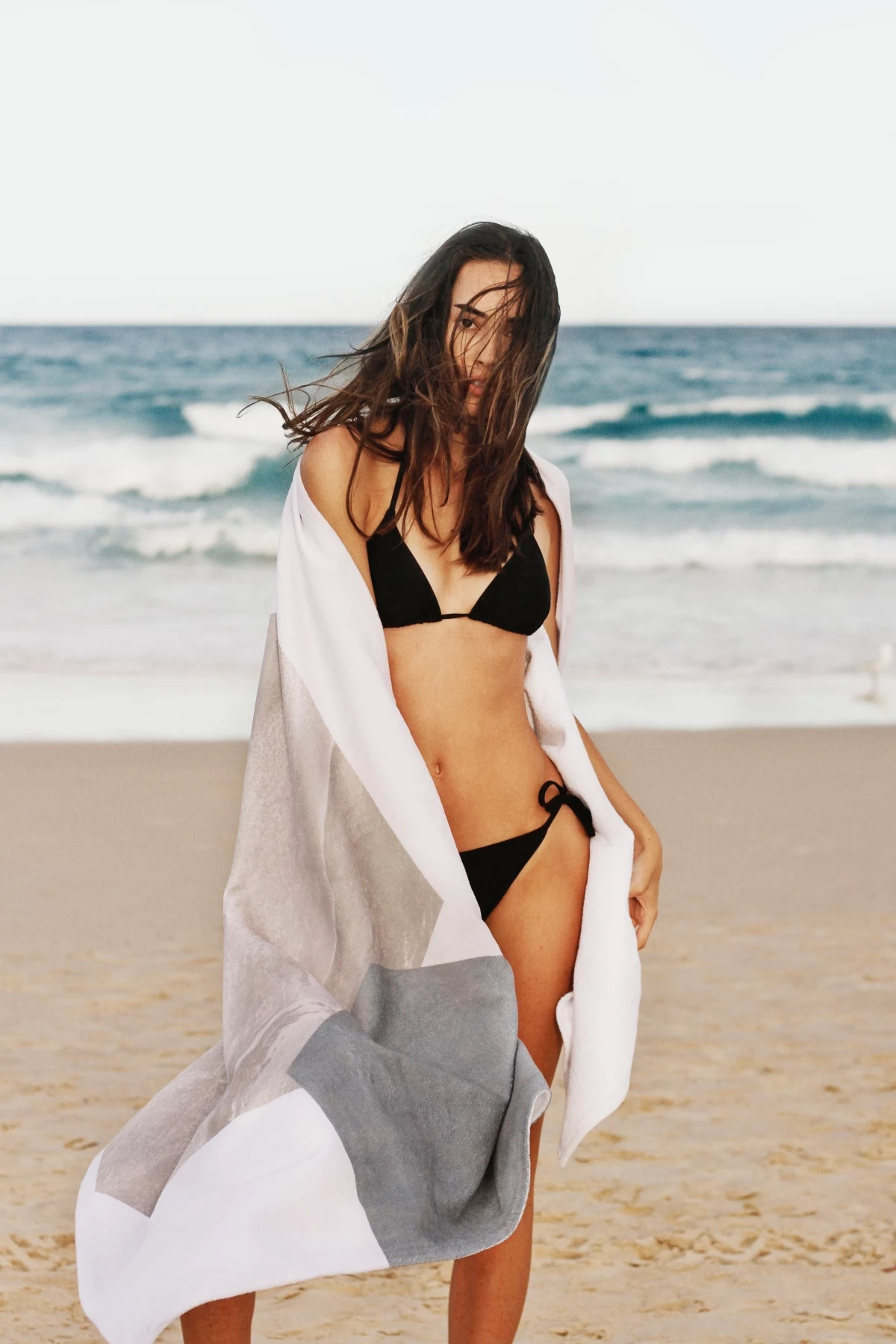
First, Why Does Heat Make Us Puffy Anyway?
To get a handle on this, you have to understand the basics of why it happens in the first place. Your body is this incredibly smart system of fluids and minerals, always trying to keep things in perfect balance. But summer heat? It comes in and messes with the whole operation.
Your Body’s Internal Plumbing
Picture your circulatory system as a complex network of pipes. Your arteries push blood out from the heart, and your veins bring it back. Deep down in the tiniest vessels, your capillaries, a little bit of fluid naturally seeps out to deliver nutrients to your tissues. Normally, your lymphatic system—a secondary drainage network—mops up this excess fluid and sends it back into circulation. Easy peasy.
When everything is in balance, it all flows smoothly. The trouble starts when that balance gets tipped.
How Heat Throws a Wrench in the Works
When you get hot, your body does something brilliant to cool down: it widens the blood vessels near your skin (a process called vasodilation). This lets more blood flow to the surface to release heat. Great for not overheating, but it has one major side effect.
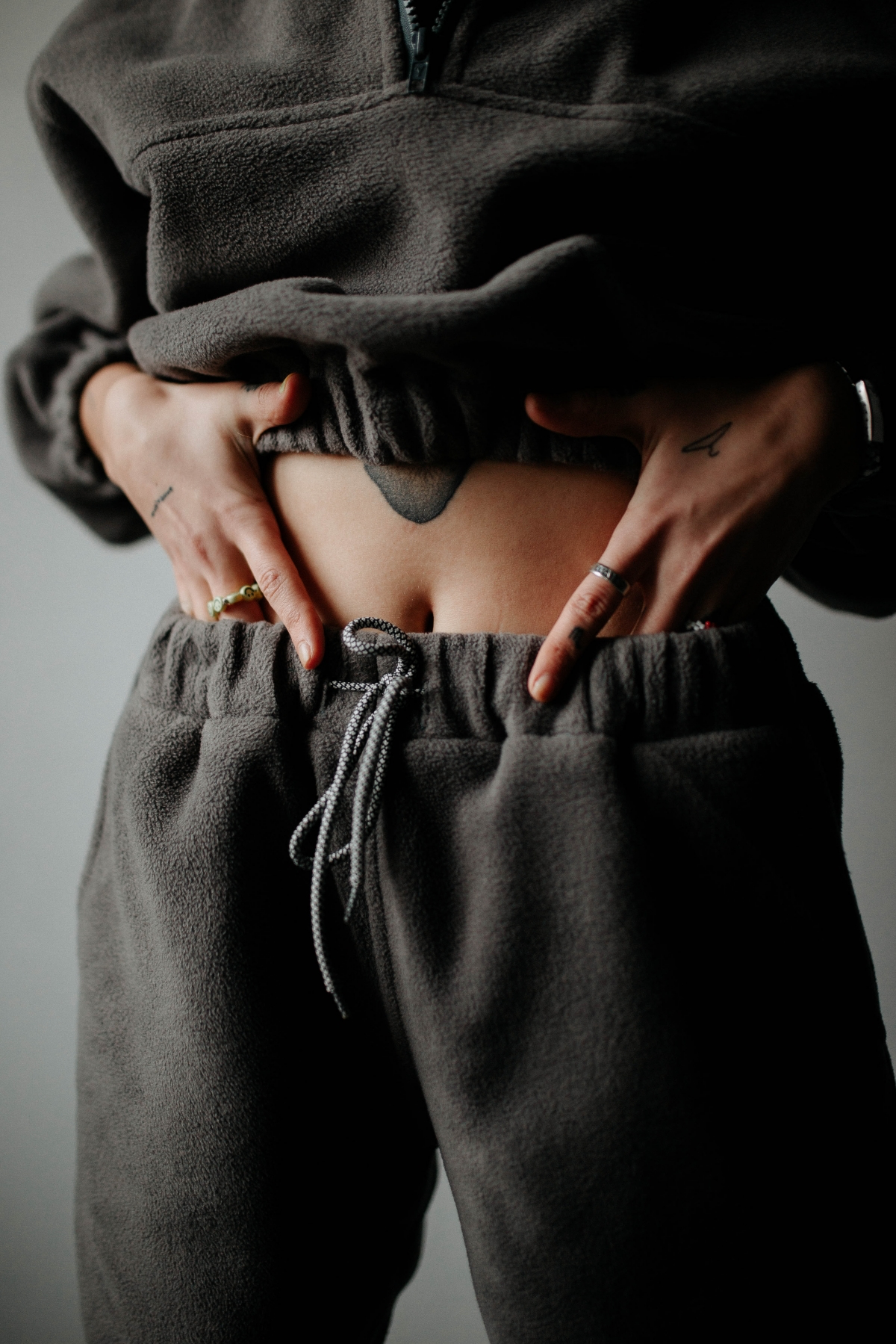
Those wider vessels become a bit more… leaky. This means more fluid than usual escapes into your tissues. Add gravity to the mix, and where does that extra fluid go? Straight down to your feet, ankles, and hands. Your lymphatic system suddenly has way more work than it can handle, gets overwhelmed, and boom—you feel puffy and heavy.
The Hormone Connection
Your kidneys are the master regulators here. When you sweat a lot and get a little dehydrated, your brain sends out a hormone telling your kidneys to hold onto water. At the same time, another hormone tells them to hang onto sodium. And as we all know, where sodium goes, water follows. So if you’re a bit dehydrated and eating a typical modern diet, you’re basically creating the perfect storm for your body to hoard fluid.
A Crucial Safety Check: When Swelling Is a Red Flag
Before we even talk about solutions, we have to cover safety. This is the most important part of this guide. While mild, symmetrical swelling (in both legs or both hands) is common in summer, some symptoms are absolutely not normal. They can signal serious issues with your heart, liver, or kidneys. Please, do not ignore these.
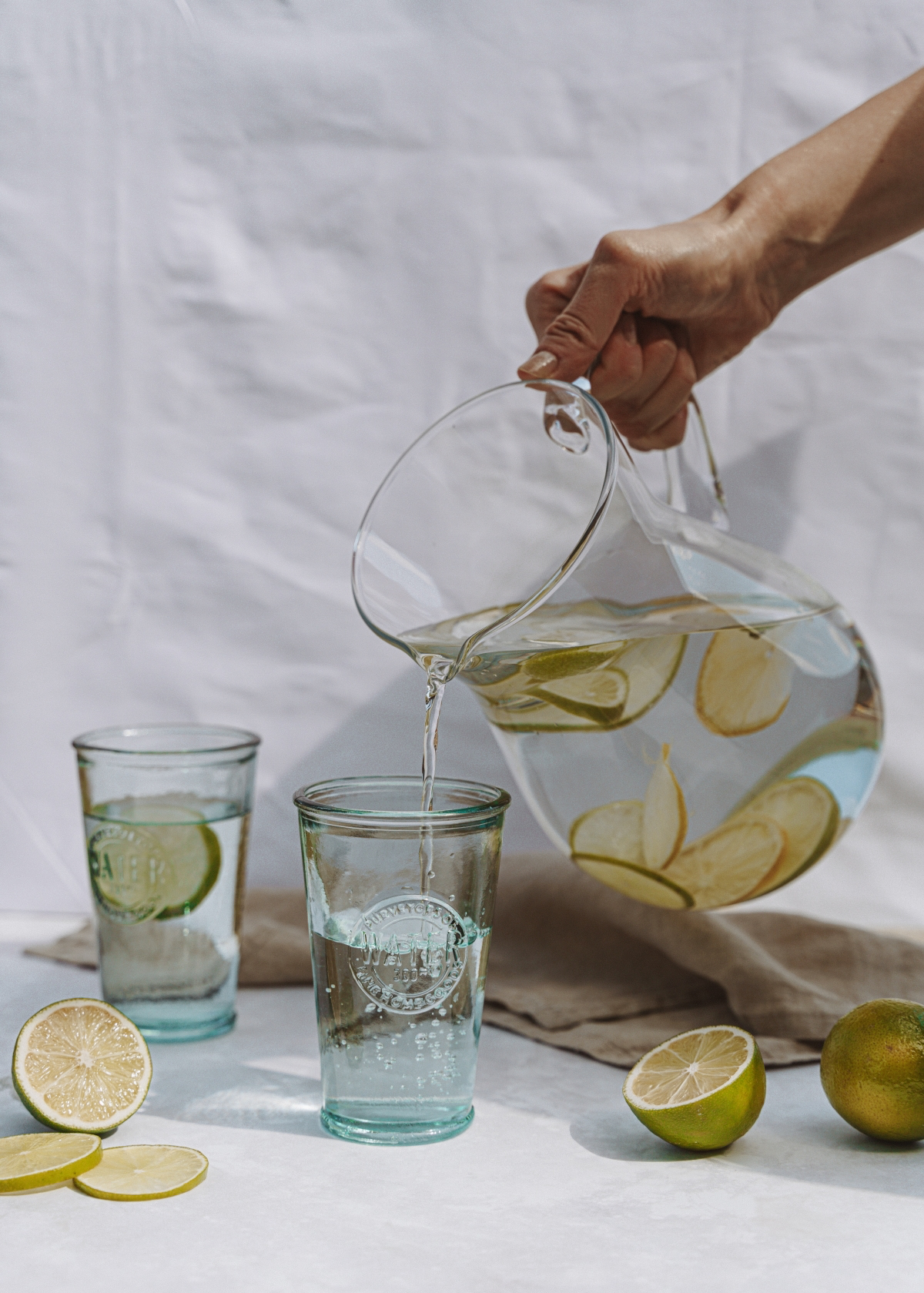
In my practice, I’m crystal clear: I support health, but I am not a medical doctor. You must see a doctor if you experience any of the following. This is non-negotiable.
See a Doctor Immediately if You Have:
- Pitting Edema: This is a big one. If you press a finger firmly into your swollen skin and it leaves a dent that stays for a few seconds, that’s called pitting edema. Normal summer swelling usually bounces right back.
- Swelling in Just ONE Leg or Arm: Heat-related swelling almost always happens on both sides. If you have swelling, pain, or redness in just one leg, it could be a sign of a blood clot (DVT), which is a medical emergency.
- Shortness of Breath: If you’re swollen and also have trouble breathing, especially when you lie down, it might mean fluid is backing up into your lungs. This is serious and often linked to heart issues.
- Sudden or Severe Swelling: Gaining more than 3-5 pounds in just a day or two or seeing a really dramatic increase in puffiness isn’t normal. It means your body’s regulation system is struggling.
- Other Scary Symptoms: Swelling that comes with chest pain, dizziness, confusion, or coughing up pinkish foam is an emergency. Call for help.
If you have any doubt at all, make the call. It is always, always better to be safe and get checked out.
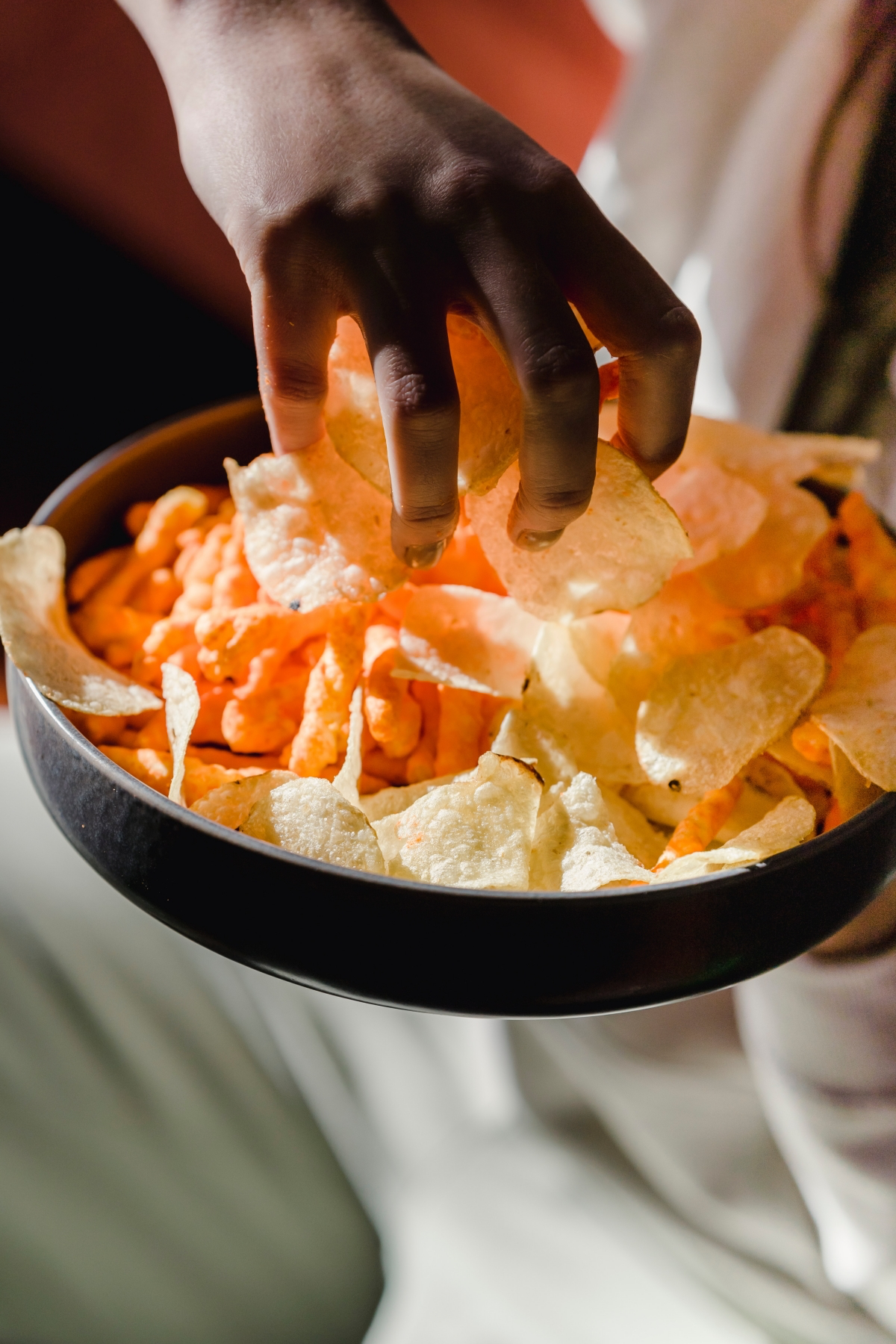
The Real Foundation: Your Diet and Hydration
Okay, once you’re sure you’re not dealing with a medical red flag, we can get to work. The most powerful tools you have are the ones you use every single day: what you eat and, just as importantly, what you drink. So many people get this backwards.
Water Is Your Best Friend, Not Your Enemy
It sounds crazy, I know, but to get rid of excess water, you need to drink more water. I’ve had to convince so many clients of this. When your body senses dehydration, it panics and releases those hormones we talked about, clinging to every last drop of water and sodium it can. The result? More bloating.
By sipping water consistently, you send a signal of abundance. Your body calms down, stops hoarding fluid, and your kidneys get the green light to flush out the excess. A good rule of thumb is 8-10 glasses (about 2-2.5 liters) a day, but you’ll need more if you’re active or it’s super hot. The easiest way to check? Your pee should be a pale, straw-like yellow. If it’s dark, drink up!
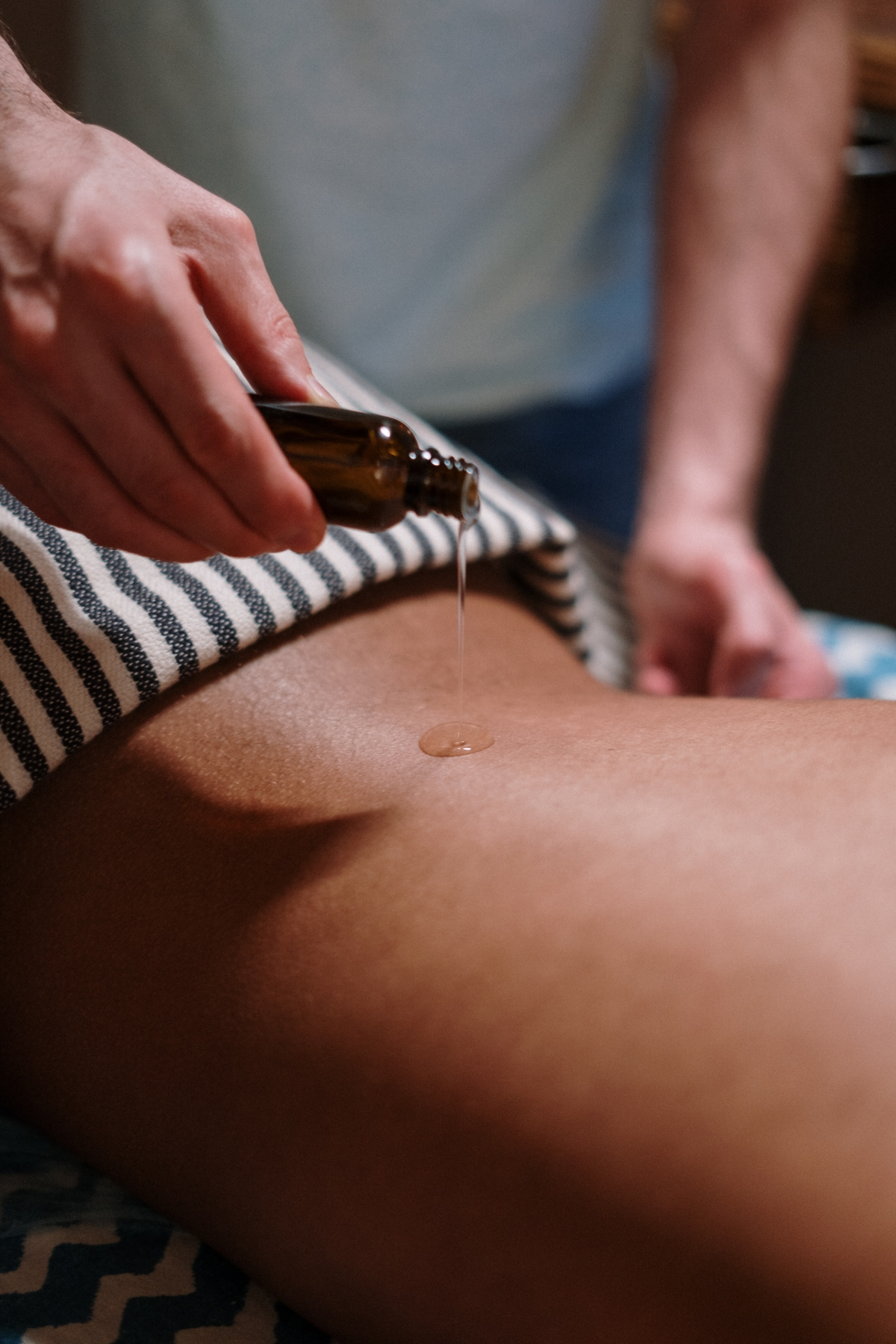
Quick tip: Don’t chug a huge bottle all at once. Your body can only absorb so much at a time. Just keep a reusable water bottle with you and take sips all day long. It’s a simple visual cue that works wonders.
The Sodium-Potassium Balancing Act
We all know salty foods cause bloating. But the real culprit isn’t usually the salt shaker—it’s the hidden sodium in processed foods. The ideal limit for most adults is around 1,500 mg per day. It’s shocking how fast that adds up. I once had a client who was eating over 4,000 mg a day from things he thought were healthy, like canned soup, breakfast cereal, and a pre-made salad dressing.
So, what does a low-sodium day even look like? It’s not about bland, boring food. It’s about focusing on fresh ingredients.
- Breakfast: Oatmeal cooked with water or milk, topped with berries and a sprinkle of cinnamon.
- Lunch: A big salad with grilled chicken, tons of veggies, and a simple dressing of olive oil and lemon juice.
- Dinner: Baked salmon with roasted sweet potatoes and steamed asparagus.
- Snacks: An apple with a handful of unsalted almonds, or a banana.
The best way to fight back against sodium is with its natural counterpart: potassium. Potassium helps your kidneys excrete excess sodium. Think of it as a balancing act. Instead of a high-sodium frozen dinner, try a homemade stir-fry loaded with potassium-rich veggies like broccoli and bell peppers. Swap out that bag of chips for a banana or an avocado. Instead of salty canned soup, make your own or look for ‘no salt added’ versions.
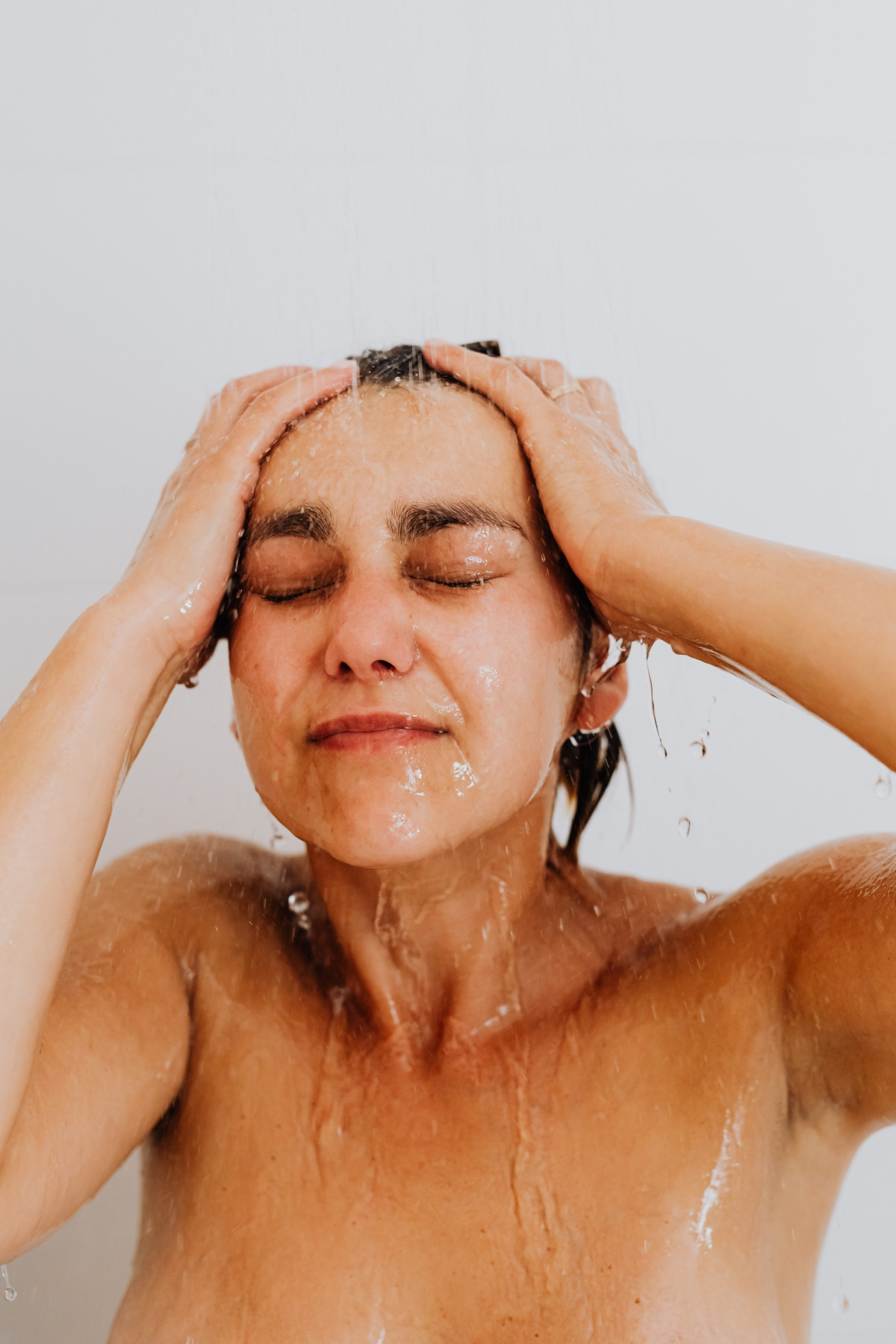
Here’s a quick shopping list to boost your potassium:
- Spinach and Swiss Chard (frozen is great and budget-friendly!)
- Sweet Potatoes and White Potatoes (with the skin)
- Avocados
- Bananas
- White Beans or Lentils (buy ‘no salt added’ cans or rinse them well!)
A Quick Word on Natural Diuretics
You’ve probably seen things online about dandelion tea, parsley, or hibiscus helping with water retention. And yes, some of these have a mild diuretic effect, which means they can help your body release a little extra water. For most people, a cup of herbal tea is perfectly fine.
But—and this is a big but—they are not a cure. Think of them as a gentle helper, not a substitute for proper hydration and a low-sodium diet. They won’t fix the underlying problem and can sometimes interfere with medications, so don’t go chugging gallons of it. Moderation is key.
Need Relief RIGHT NOW?
Okay, long-term strategies are great, but sometimes your ankles are huge and you just want to feel better tonight. I get it. Here’s my go-to, three-step emergency relief plan for immediate comfort:
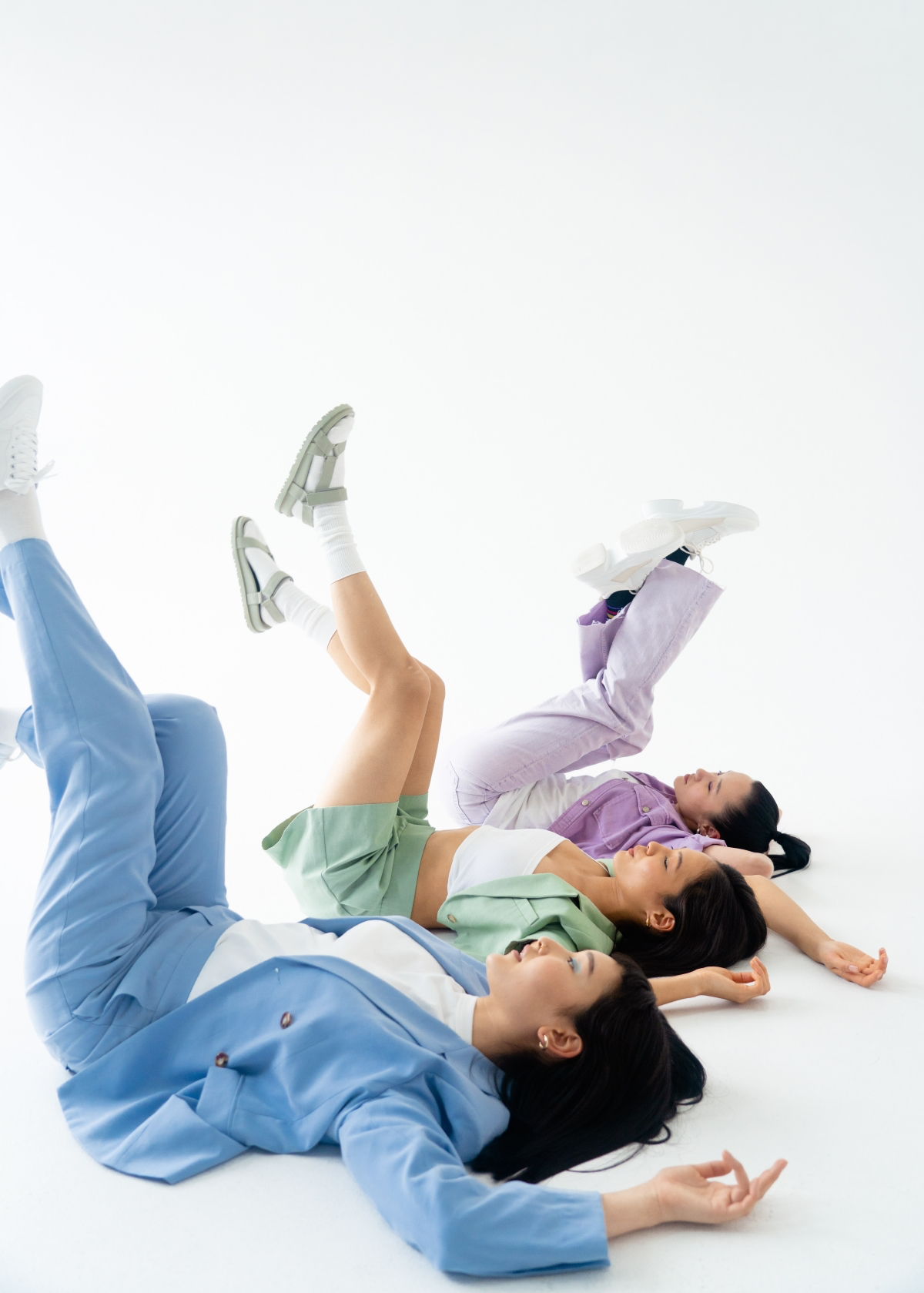
- Hydrate Smart: Drink one large (16 oz) glass of plain water. This signals to your body that it’s safe to let go of stored fluid.
- Legs Up the Wall: Lie on the floor and swing your legs straight up a wall. Scoot your bottom as close to the wall as is comfortable. Stay here for 15-20 minutes. You can literally feel the pressure easing.
- Ankle Pumps: While your legs are up, or even just sitting down, gently point your toes down toward the floor, then flex them back up toward your shins. Do this 20-30 times. It activates your calf muscles, which act as a pump to move fluid out of your lower legs.
This little routine won’t solve the root cause, but it can provide significant, noticeable relief in under half an hour.
Smart Moves: Physical & Mechanical Fixes
Beyond diet, you can use gravity and simple movements to physically help your body drain that trapped fluid.
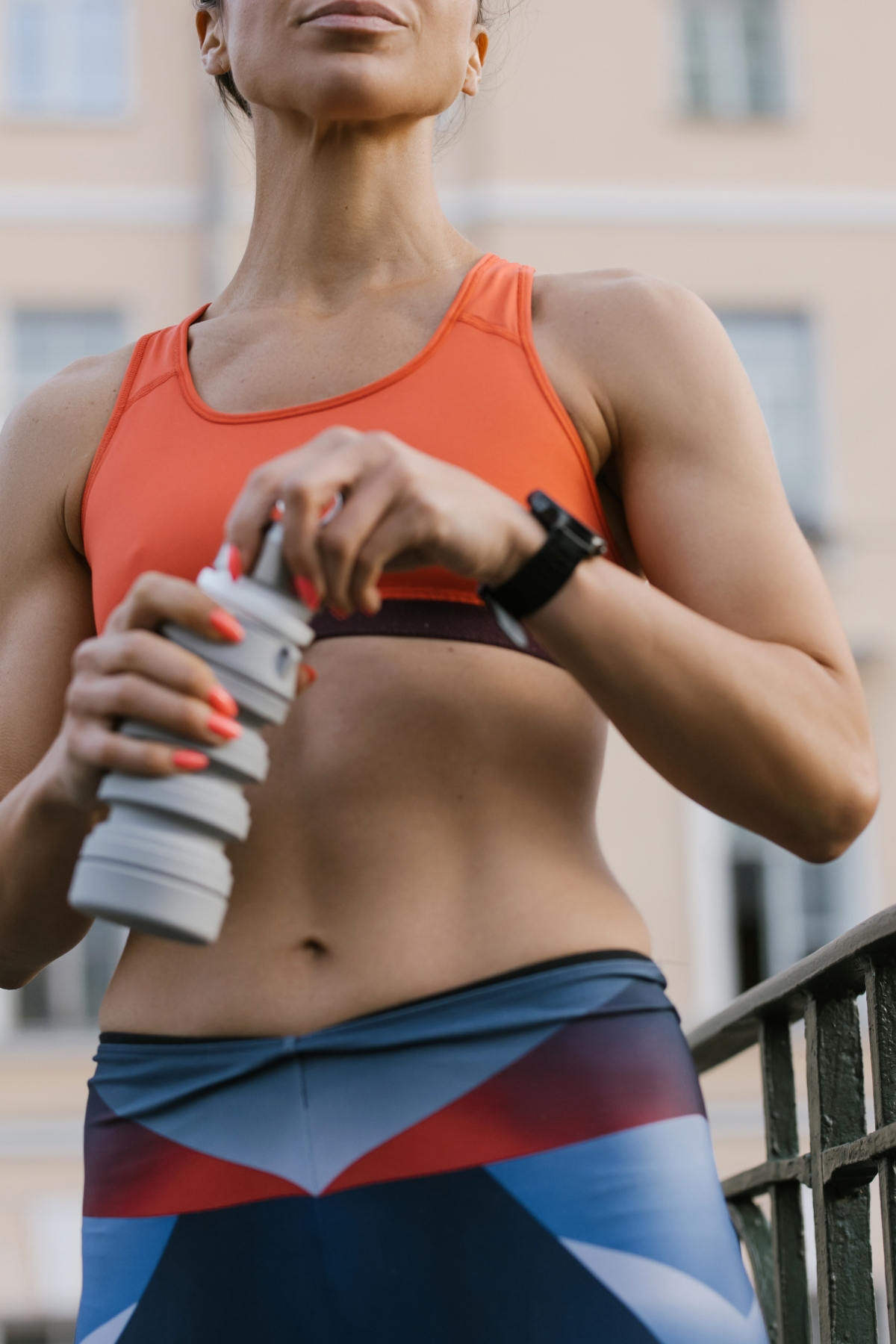
Movement is crucial because your lymphatic system doesn’t have a pump like your heart. It relies on your muscles contracting to squeeze the fluid along. That’s why being sedentary makes swelling so much worse. A brisk 20-minute walk is fantastic. Swimming is even better—the water provides a gentle, full-body compression that’s incredibly effective.
You can also try a very gentle self-massage. It’s not a deep tissue thing; in fact, too much pressure is bad. The goal is to just move the skin. Sit comfortably and, using a flat hand with light pressure, slowly stroke upwards from your ankles towards your knee. Repeat 10-15 times on each leg. It helps encourage the fluid to move in the right direction.
For more persistent swelling, compression socks can be a lifesaver. They provide gentle, graduated pressure that prevents fluid from pooling in the first place. You can find light compression (8-15 mmHg) or mild compression (15-20 mmHg) at most pharmacies or online, usually for around $20 to $50 depending on the brand and quality. Heads up: put them on first thing in the morning, before gravity starts working against you!
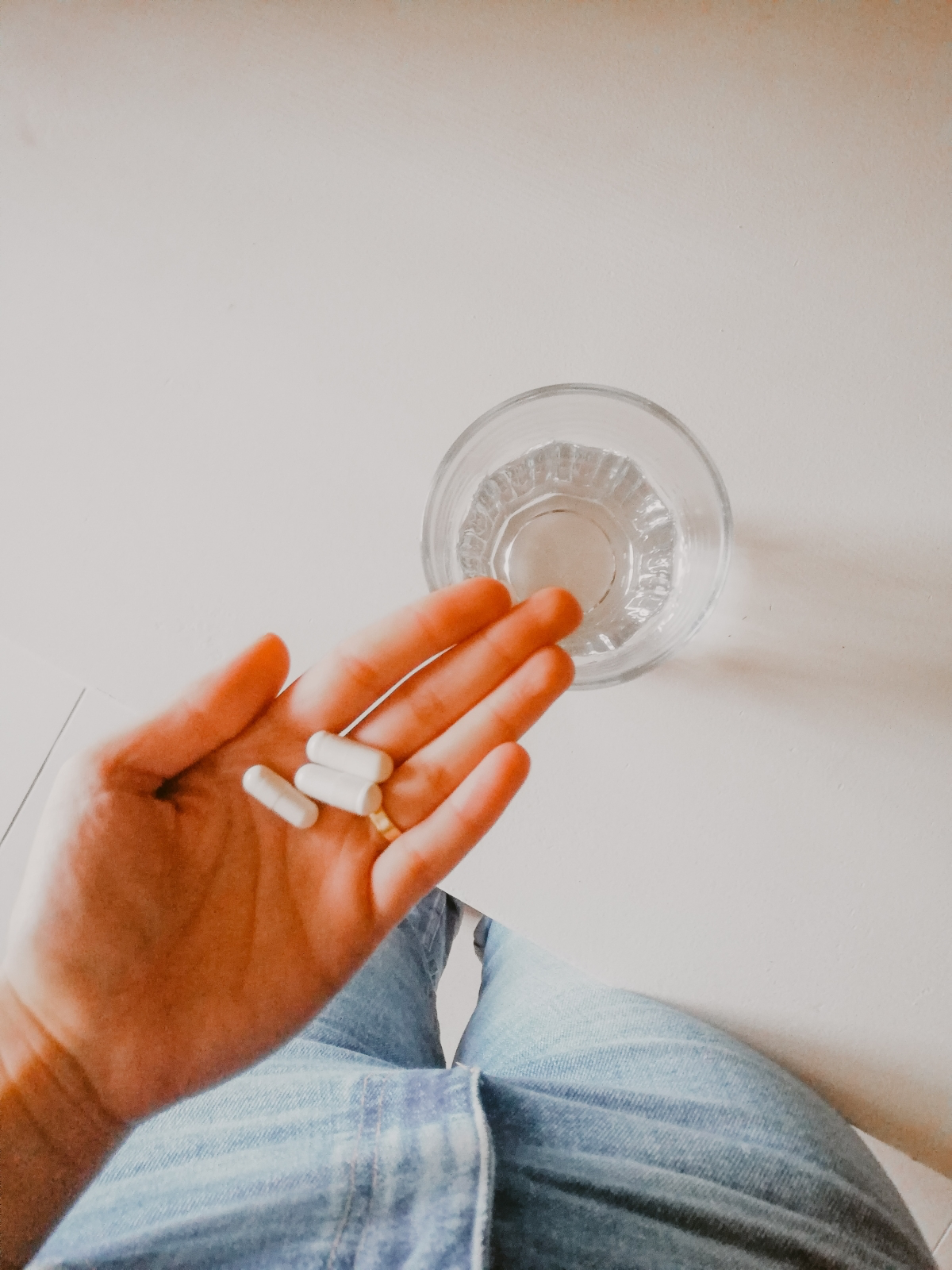
Troubleshooting: When You’ve Tried Everything
Sometimes, other factors are at play. For many women, fluid retention gets much worse in the week before their period due to hormonal shifts. All the strategies we’ve discussed are even more important during this time.
Air travel is another perfect storm for swelling—you’re sitting still, dehydrated, and probably eating salty snacks. My advice is non-negotiable for flyers: wear compression socks, drink tons of water (and skip the alcohol), and get up to walk the aisle whenever you can.
Also, check your medications. Some common drugs for blood pressure, inflammation (like ibuprofen), and diabetes can cause fluid retention as a side effect. If your swelling started or got worse after beginning a new prescription, have a chat with your doctor.
Be Patient and Consistent
Managing summer swelling isn’t about a single trick. It’s about creating a holistic system that supports your body: sipping water all day, focusing on fresh foods rich in potassium, cutting back on hidden sodium, and moving your body regularly.

And please, be patient with yourself. It can take a few weeks of being really consistent with these habits to see a major, lasting difference. Listen to your body’s signals, and you’ll be able to enjoy the summer feeling more comfortable and in control.
Inspirational Gallery
Can what I eat really make a difference in just one day?
Absolutely. Think of your plate as your first line of defense against puffiness. Focus on foods rich in potassium, which helps your body flush out excess sodium and fluid. Add a handful of spinach to your morning smoothie, slice some avocado onto your lunch salad, and snack on a banana. These small, consistent additions help your cells maintain the right fluid balance, providing noticeable relief, especially in your hands and feet.
More than 97% of Americans consume too much sodium.
While we know excess salt is a major culprit for water retention, the solution isn’t to eliminate it entirely. Your body needs sodium for basic functions. The key is balance. Instead of just cutting salt, actively increase your intake of potassium-rich foods like sweet potatoes, white beans, and yogurt. Potassium helps counteract sodium’s effects, effectively telling your kidneys to excrete the excess and reduce swelling.
- Reduces puffiness in ankles and feet.
- Stimulates your lymphatic system.
- Gives your skin a healthy glow.
The secret? A simple, 5-minute morning ritual: dry brushing. Using a natural bristle brush, start at your feet and brush your skin with light, long strokes upward toward your heart. It’s a wonderfully invigorating way to wake up your body’s drainage system before you even step into the shower.
Dandelion Tea: A classic, natural diuretic that helps your kidneys flush out excess water and salt. It’s slightly bitter but incredibly effective. A great afternoon alternative to coffee.
Nettle Tea: Rich in minerals and anti-inflammatory properties, nettle helps support your circulatory system, reducing the tendency for fluid to pool in your extremities.
Both are excellent caffeine-free options to sip throughout the day for gentle, sustained relief.
Your lymphatic system, often called the body’s ‘second circulatory system,’ circulates about 3 liters of fluid every single day. Unlike your blood, it has no central pump.
This means its flow depends entirely on muscle contractions and body movement. When you’re sitting or standing for long periods in the heat, this system becomes sluggish. Simple acts like taking a brisk 10-minute walk, doing ankle circles at your desk, or even just tensing and releasing your leg muscles can act as a manual pump to get that fluid moving again.
When your ankles are swollen, tight shoes are your enemy. But you don’t have to live in flip-flops. Look for sandals with adjustable straps, like those from brands such as Teva or Birkenstock, which allow you to customize the fit as your feet swell throughout the day. For more closed-toe options, explore shoes made with soft, forgiving knit fabrics that stretch and breathe, offering both support and flexibility.
The one exercise to do every evening: The
Don’t underestimate the power of your summer salad. By choosing the right ingredients, it can become a powerful de-puffing tool. Try this simple, effective combination:
- Cucumber: Its high water and silica content helps flush out uric acid.
- Parsley: A natural diuretic that’s packed with antioxidants.
- Celery: Reduces fluid retention thanks to a compound called phthalide.
- A light, lemon-based vinaigrette: Lemon water is known to help balance fluid levels.
A common mistake: Skimping on water because you feel bloated. It sounds counterintuitive, but dehydration can actually make water retention worse. When your body senses it’s not getting enough water, it holds onto every last drop as a survival mechanism. Aim for consistent sips throughout the day rather than chugging large amounts at once. Adding a squeeze of lemon or a product like Nuun or LMNT can also help with electrolyte balance, ensuring the water gets to your cells where it’s needed.
Beyond your legs and ankles, pay attention to your hands. If your rings feel tight by afternoon, it’s a clear sign of fluid retention. Take a moment to stretch your fingers wide, then make a fist, repeating 10-15 times. Follow this by gently massaging each finger from the base to the tip. This simple hand exercise stimulates local circulation and can provide surprisingly quick relief.










